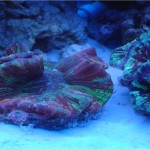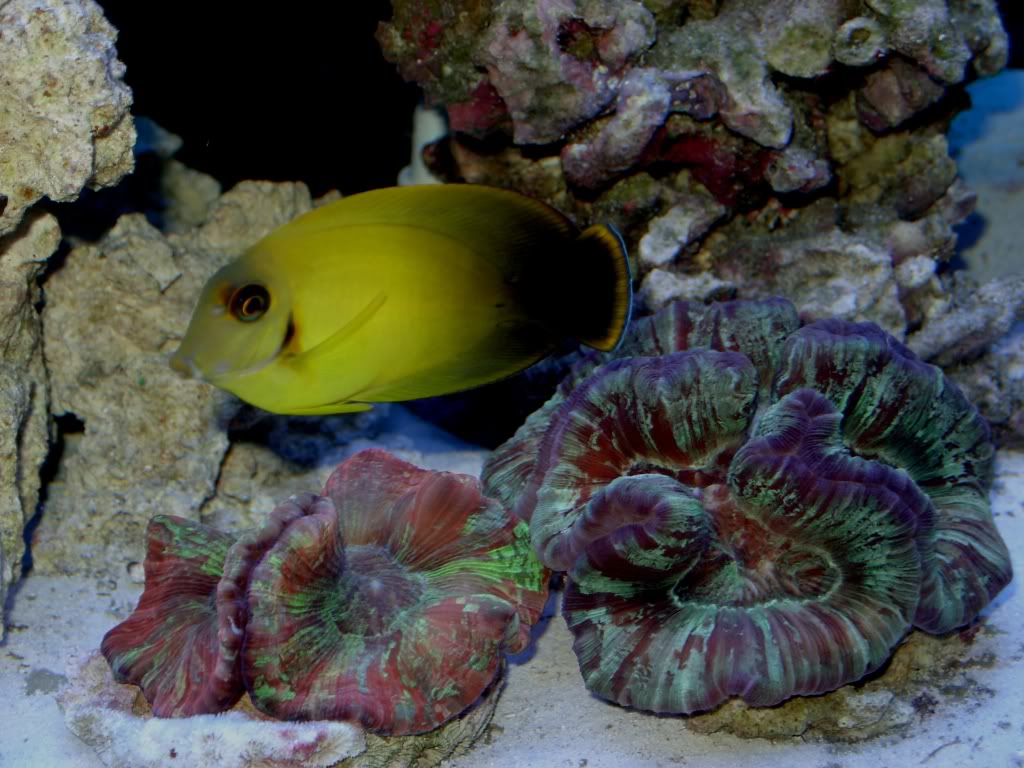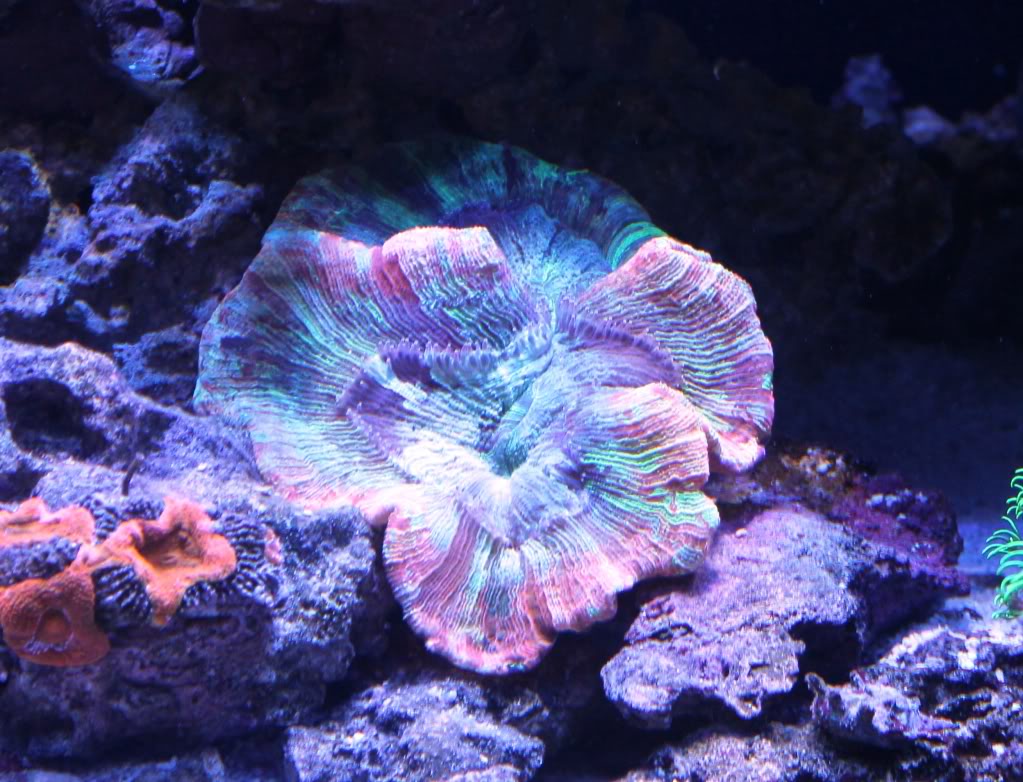Tag Archives: Brain Coral

Brain Coral
Scientific Name: Trachyphyllia Radiata
Common Name:, Brain Coral, Folded Brain Coral
Type of Coral: LPS (Large Polyp Stony Coral)
Lighting: Moderate
Flow: Moderate
Care Level: Moderate
Temperament: Semi-aggressive
Appearance
Brain will typically have irregular but round like shape with the appearance of folded flesh forming ridges and lower spots in the smooth surfaces in between. They can have more than one mouth, but these mouths will always be located in the smooth low spots between the folds. Brain corals will also come in a wide range of colors and can have more than one color on their body. These unique color variations and combinations can make these corals more appealing to many hobbyists.


Water Conditions
The below link highlights typical water conditions brain corals, as with most LPS, will require. As this is a moderately difficult coral to keep, you should ensure your dKH, Cal and Mag levels are maintained at all times with minimal nitrate and phosphate levels. As this coral also has a calcified skeleton, it will consume calcium from your water. In set-ups with a good amount of LPS corals, it is not uncommon to have to dose dKH and Cal in order to keep the water parameters in line. With only a few LPS corals, a good water change schedule may be enough to maintain your parameters.
https://www.reefaquarium.com/2013/the-basics-of-marine-aquarium-water-parameters/
General Information
Brain corals as with all other LPS corals, should be added to mature aquariums. Provided all their requirements are met, they can grow to about 6 inches. Brain Corals typically do best when place on a smooth and sandy substrate on the bottom of the aquarium.
The brain coral can be a somewhat aggressive LPS coral. It will release sweeper tentacles that will extend a few inches beyond it’s base. The can also over inflate their body’s a little with water making them a little larger than normal and in some cases, that can allow them to move by a very small amount These two factors would require a distance of around 3 to 4 inches from other corals
These corals can also benefit from the occasional feeding of meaty foods, or pellet foods meant for corals. The below link can explain how to feed these corals in more detail
https://www.reefaquarium.com/2012/feeding-corals/
As with all corals, the exterior slime coating can be a skin irritant or even highly toxic to humans so please, handle all corals with care. I would recommend wearing rubber gloves whenever you handle corals
Fragging
Brain corals should not be fragged.